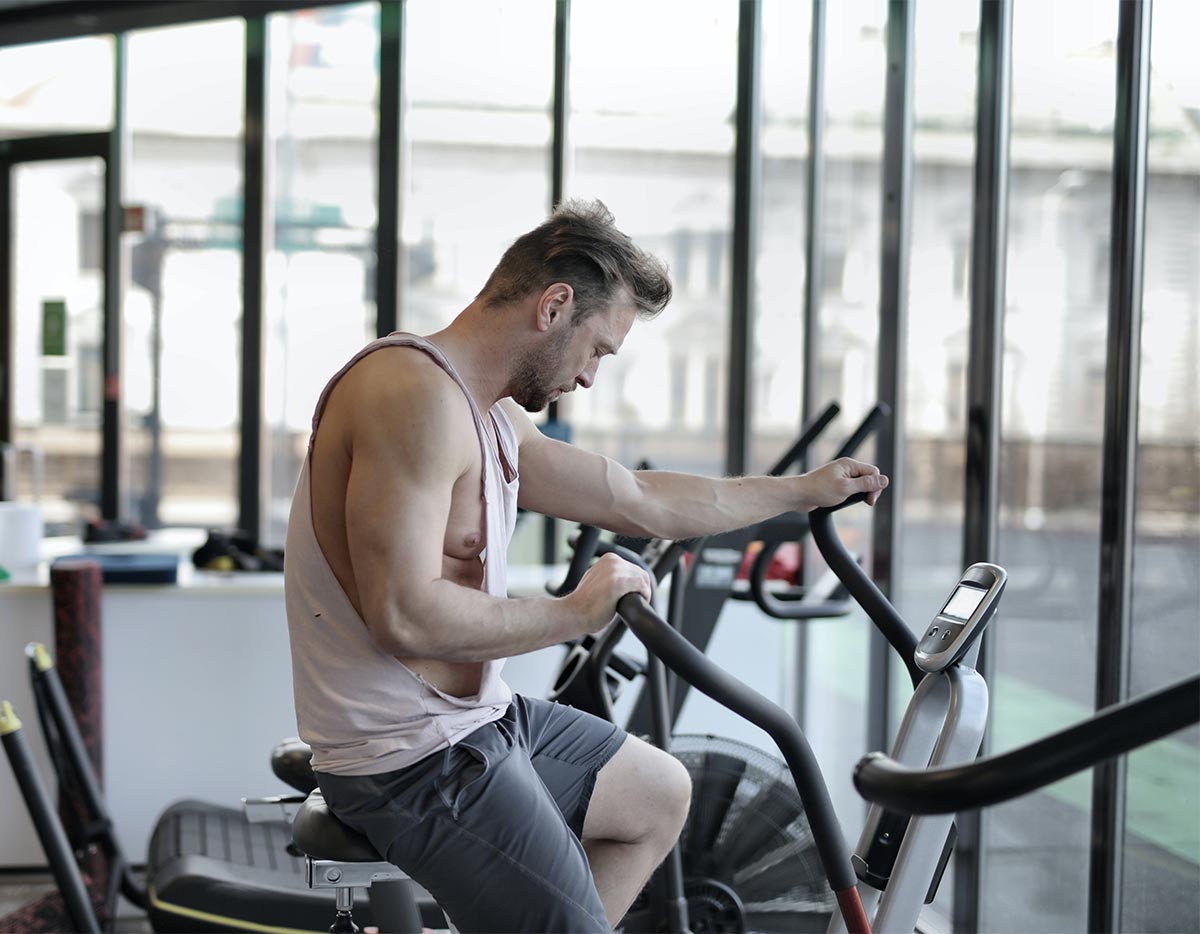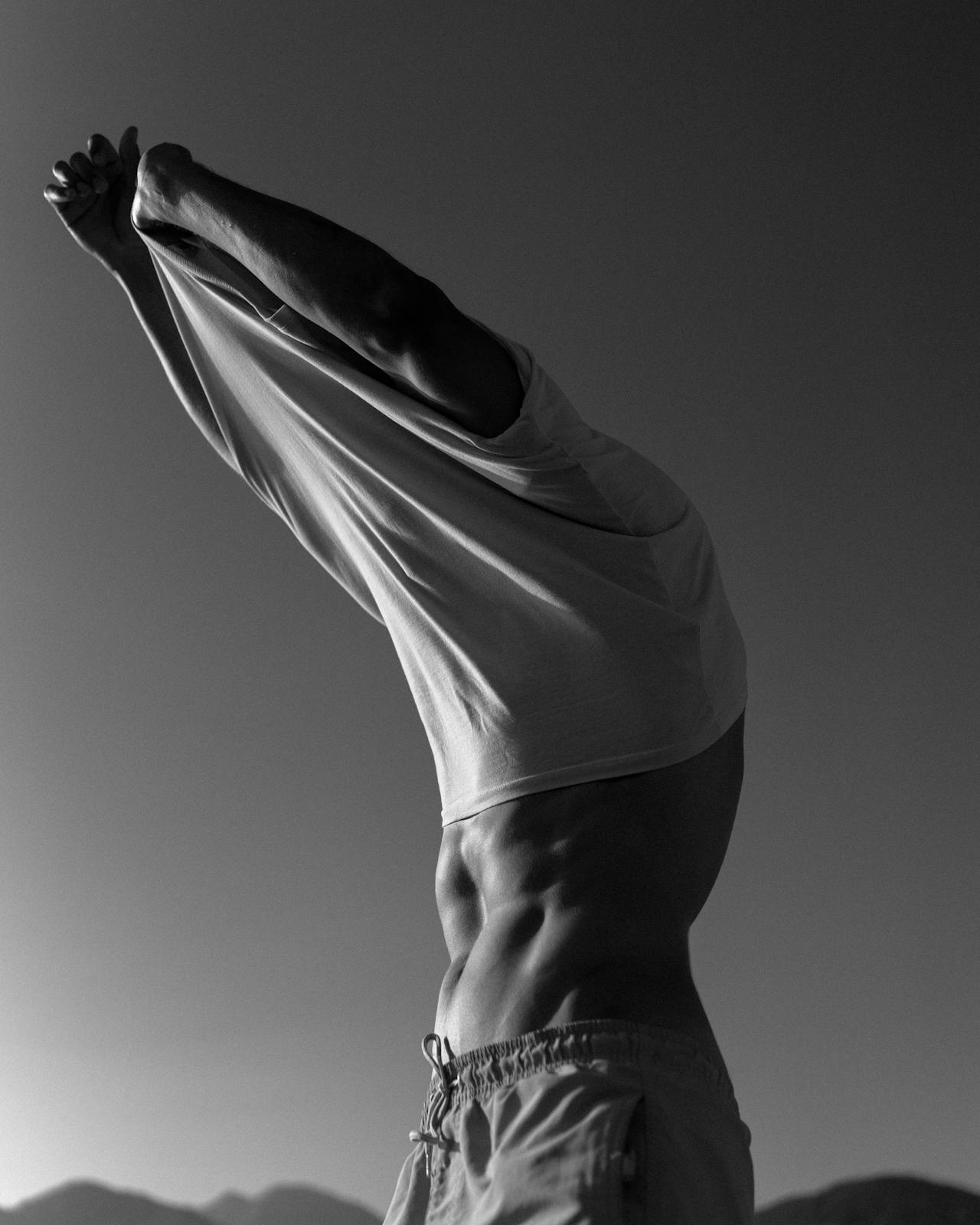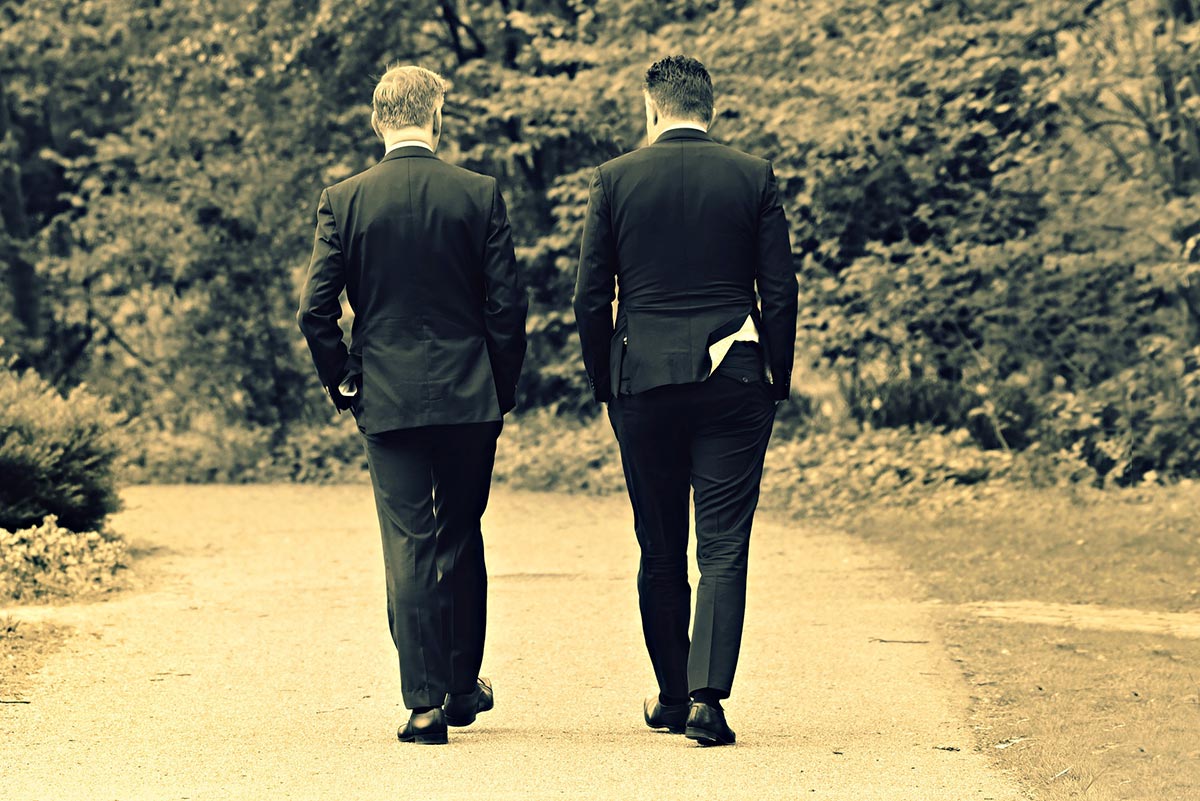As I observe the way most people work out and the common complaints of pain, inflammation, and discomfort, I can't help but wonder: are our training methods doing more harm than good? Specifically, are gym machines, designed to simplify and streamline workouts, inadvertently contributing to the very issues they aim to prevent? This isn't just a random thought—there’s a growing body of evidence that suggests our reliance on machines may be causing problems we’re only beginning to understand.
Fixed Paths: The Tyranny of Repetition
One of the main concerns with gym machines is their rigid design. Unlike free weights, which allow natural, fluid movement, machines force the body to follow a predetermined path. While this might seem beneficial for beginners, repetitive motion along a fixed path can lead to wear and tear on joints and tissues over time. Imagine never rotating your car tires—imbalanced wear patterns develop, leading to inefficiency and potential failure. Similarly, the human body thrives on variety and adaptability. Repeatedly using machines that lock movements into specific planes can restrict the body’s natural biomechanics, potentially leading to overuse injuries.
The Forgotten Eccentric Phase
Another often-overlooked issue with machines is their failure to emphasize eccentric control. The eccentric phase, where a muscle lengthens under tension (such as lowering a weight), is crucial for strength development and injury prevention. Many machines, like the leg press, focus solely on the concentric phase (the lifting portion), often encouraging users to lower weights too quickly. This neglect of controlled eccentric movement not only diminishes the effectiveness of the exercise but can also increase the risk of injuries, especially when transitioning to functional or real-world activities.
Stability: A Skill Left Untouched
Modern gym machines often provide external support, stabilizing the body during exercises. While this might feel safer, it comes at the expense of developing natural stability, particularly in the lumbar spine. Core stability, which involves the intricate coordination of muscles around the hips, rib cage, and lower back, is fundamental to preventing injuries and enhancing performance. When machines do the stabilizing for us, we miss out on building this essential foundation, leaving us vulnerable when engaging in activities outside the gym.
Sitting: A Lifestyle, Not a Workout
Let’s face it: we spend far too much time sitting. Whether it’s in the car, at a desk, or on the couch, prolonged sitting tightens certain muscle groups while weakening others, creating imbalances that can lead to chronic pain. Unfortunately, many gym machines mimic this sedentary position, reinforcing the very issues we’re trying to combat. Why pay for a gym membership only to perpetuate the same postural habits that contribute to discomfort and dysfunction?
Isolated Movements vs. Functional Training
The body doesn’t operate in isolation; it works as an interconnected system. Yet, many machines target individual muscles rather than promoting coordinated, functional movements. Take the prone hamstring curl machine, for example. While it’s designed to strengthen the hamstrings, it does so in a way that disregards their primary function—hip extension. Instead, it isolates knee flexion, creating an unnatural movement pattern that doesn’t translate to real-world activities. This disconnect may explain why we’re seeing an increase in non-contact injuries like ACL tears, even among recreational athletes.
The Treadmill Dilemma
For many, treadmills are a staple of cardio workouts. However, their design can subtly alter running mechanics. On a treadmill, the belt moves the foot back, reducing the need for the runner to actively push off. Over time, this can lead to inefficient gait patterns, which become apparent when transitioning to outdoor running. Basic physics tells us that a braking force occurs when the foot lands too far in front of the body—something treadmill running often encourages. While treadmills are a convenient option, their limitations highlight the importance of incorporating varied terrain into a running routine.
The Problem with Uni-Planar Movement
Most gym machines operate in a single plane of motion, typically the sagittal plane (front-to-back movements). While this might seem sufficient for basic strength building, the body is designed to move in three dimensions. Activities like side-to-side motion or rotational movements are often neglected, leaving muscles underprepared for real-life demands. This lack of multidirectional training may explain why even well-conditioned individuals experience injuries when engaging in lateral or rotational activities, such as playing soccer or reaching for an object in daily life.
Machines Have Their Place
Despite these concerns, machines aren’t inherently bad. They serve valuable purposes, particularly for rehabilitation, beginners, or individuals with specific limitations. The key is understanding their role within a broader training program. By incorporating free weights, functional movements, and bodyweight exercises, we can complement machine-based workouts, ensuring a well-rounded approach that builds strength, stability, and resilience.
Rethinking Our Approach
The conversation around gym machines isn’t about abandoning them altogether but about using them intelligently. Modern fitness research emphasizes the importance of variety, functional training, and a focus on natural movement patterns. By challenging the body in diverse ways, we not only enhance performance but also reduce the risk of injuries and imbalances. Ultimately, the goal of any workout program should be to support a healthy, active lifestyle—not to create limitations disguised as solutions.
Adapting for the Future
The fitness industry continues to evolve, with a growing emphasis on personalized training and functional fitness. Machines will remain a valuable tool in the gym, but their role will likely shift toward supporting more holistic approaches. The challenge for both trainers and gym-goers is to stay informed, embrace innovation, and prioritize movements that serve the body as a whole. Whether it’s through functional training, dynamic stretching, or simply rethinking how we use machines, the future of fitness is about balance, adaptability, and informed choices.













